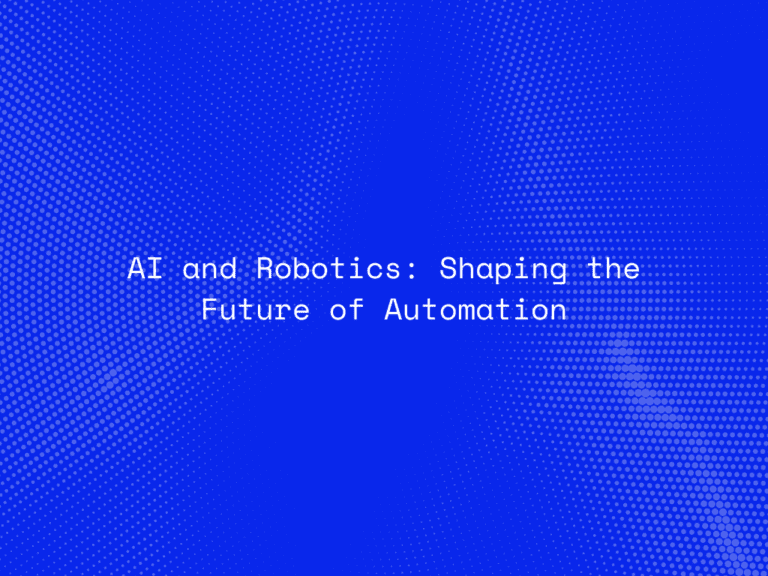Customer service is a crucial aspect of any business looking to succeed in today’s competitive landscape. One of the most efficient ways to improve customer experience is through AI-powered chatbots that utilize Large Language Models (LLMs). These LLMs excel in natural language understanding, generation, and conversation, making them perfectly suited for customer service applications. In this blog post, we’ll explore how to use LLMs to develop and deploy successful customer service chatbots.
Step 1: Defining Goals and Objectives
First, establish clear goals and objectives for your chatbot. Decide what kind of customer support tasks you want the bot to handle. Common uses include:
- Automating frequently asked questions (FAQs)
- Collecting user information and qualifying leads
- Booking appointments and reservations
- Ordering items or managing accounts
- Providing real-time support and troubleshooting
Defining your goals ensures that your LLM-powered chatbot meets customers’ needs effectively.
Step 2: Selecting the Appropriate LLM
Identify a suitable LLM for your chatbot based on factors such as:
- Target languages and dialects
- Required domain-specific knowledge
- Level of customization needed
- Desired tone and voice consistency
- Regulatory compliance requirements
Some popular LLMs for customer service chatbots include Google’s BERT, Microsoft’s Turing NLG, IBM Watson, and AWS Lex.
Connect With Us


Step 3: Fine-Tuning the LLM
Adjust the LLM to achieve optimum performance for your specific application. You may need to train the model with proprietary datasets containing relevant conversations, phrases, or keywords related to your business.
When fine-tuning the LLM, keep in mind the following tips:
- Avoid excessive jargon or complicated phrasing
- Ensure proper pronoun usage and entity referencing
- Utilize context-awareness for better understanding
- Train for various scenarios and exceptions
- Monitor performance regularly and update accordingly
Step 4: Constructing the Chatbot Framework
Build the chatbot’s backend infrastructure to facilitate smooth integration with your website, CRM, or other enterprise systems. Choose appropriate development tools and platforms that support the selected LLM and fit seamlessly into your existing IT landscape. Popular frameworks include Botpress, Dialogflow, and Rasa.
Design your chatbot to accommodate the following features:
- Multi-channel availability (web, phone, social media)
- Easy navigation menus and buttons
- Quick response times
- Multilingual support
- Optimal input validation and error handling
Connect With Us
Step 5: Adding Human Touchpoints
Even though LLMs bring significant advances in natural language processing, they sometimes struggle with complex situations or emotionally charged interactions. Therefore, plan human touchpoints to intervene whenever necessary. Strategically place human operators behind the scenes who can jump in to rescue difficult cases, answer sensitive queries, or simply surprise customers with a pleasant and reassuring voice.
Step 6: Launching and Iterating
Deploy your chatbot gradually, initially introducing it to a small segment of your user base. Gradually scale up the number of users once you confirm satisfactory performance and receive positive feedback.
Monitor the chatbot closely, collecting and analyzing user interactions to identify areas needing improvement. Update the LLM, modify conversation flows, and continuously refine the chatbot until it reaches maturity and satisfies your customers’ needs fully.
Conclusion
Utilizing LLMs for customer service chatbots opens up endless possibilities for businesses wanting to improve their customer experience. Follow the six steps outlined here to successfully design, launch, and iterate your own LLM-powered chatbot. Don’t forget to continually monitor industry trends and upgrade your LLM to ensure your chatbot stays ahead of competitors and keeps your customers coming back for more.




